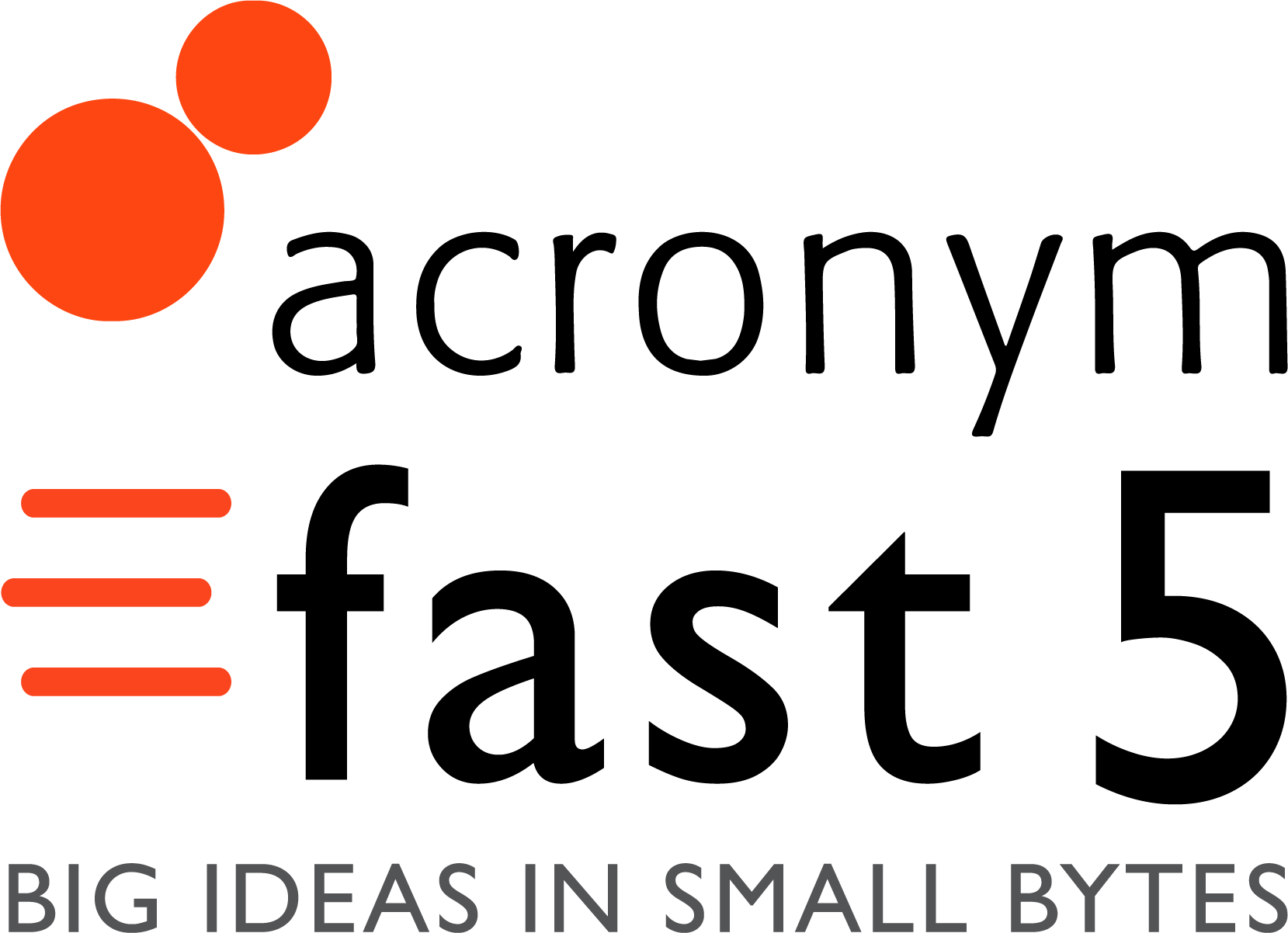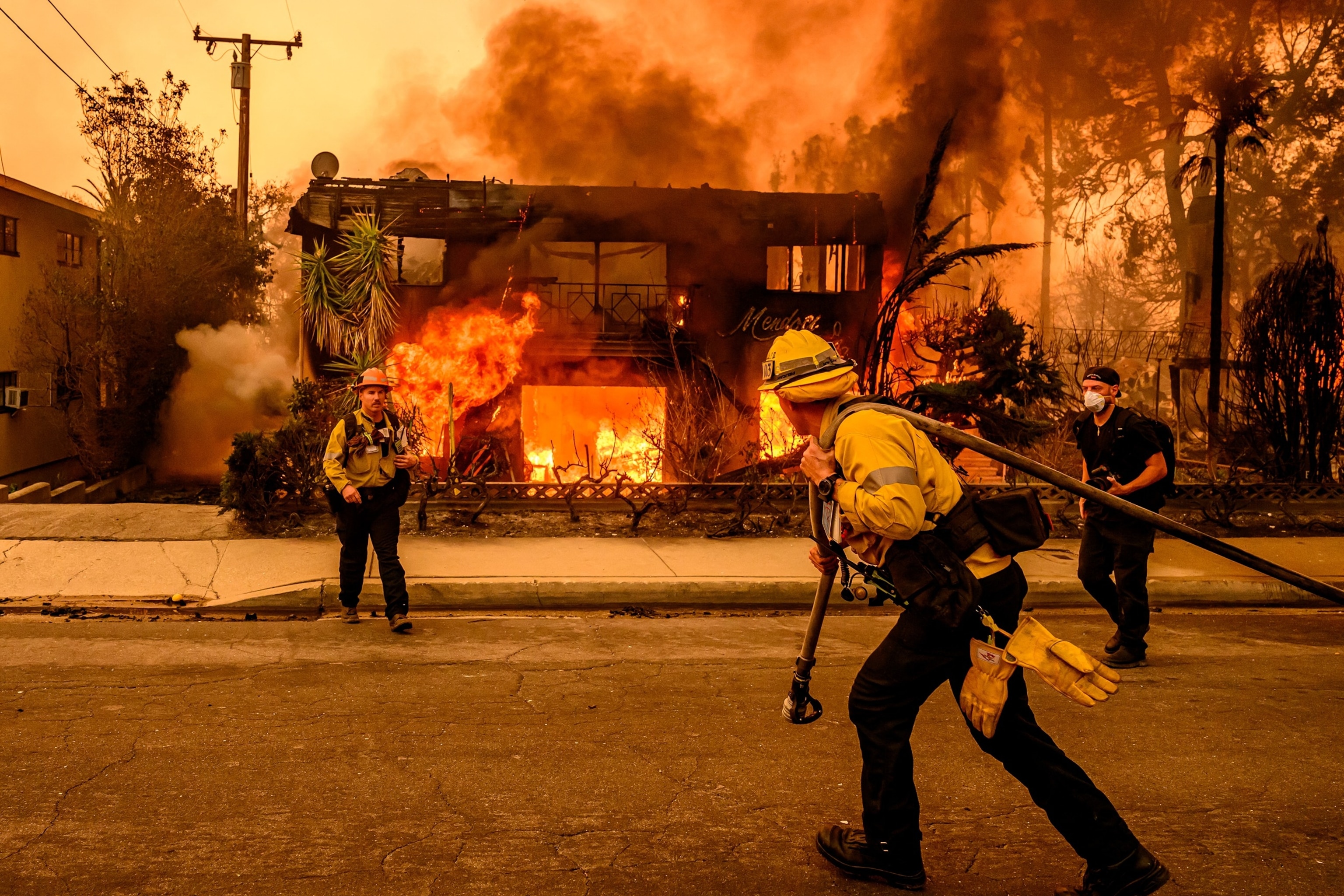What Started The LA Fires: A Deep Dive Into The Blazes That Shook The City
You’ve probably seen the headlines or scrolled through social media feeds filled with images of massive flames devouring the LA skyline. But have you ever wondered what started the LA fires? It’s not just about the destruction—it’s about understanding the root causes, the environmental factors, and the human impact behind these devastating events. In this article, we’ll uncover the truth behind the wildfires that have become a recurring nightmare for Los Angeles.
Let’s be real here, wildfires in LA aren’t exactly breaking news. They’ve been happening for years, but the scale and frequency of recent fires have people scratching their heads. Is it climate change? Human negligence? Or something more sinister? We’re diving deep into the heart of the issue to give you the full scoop.
By the time you finish reading this, you’ll have a clearer picture of what started the LA fires, the factors that contribute to them, and what can be done to prevent future disasters. So buckle up, grab a coffee, and let’s unravel the mystery together.
- Is Taylor Swift Engaged The Inside Scoop Youve Been Waiting For
- Lea Michele The Ultimate Guide To Her Career Life And Legacy
Table of Contents
- What Started the LA Fires?
- A Brief History of Wildfires in LA
- The Role of Climate Change
- Human Activity: The Silent Culprit
- The Impact of LA Fires on the Environment
- Health Risks Associated with Wildfires
- Prevention Strategies: What Can Be Done?
- Technology’s Role in Fighting Wildfires
- Community Efforts and Awareness
- What Does the Future Hold for LA?
What Started the LA Fires?
Alright, let’s get straight to the point. What started the LA fires? It’s a question that’s been on everyone’s lips, and the answer isn’t as simple as you might think. Wildfires in LA are often the result of a combination of factors, both natural and human-made. Let’s break it down:
Lightning Strikes and Natural Causes
Sometimes, Mother Nature herself is the culprit. Lightning strikes during dry seasons can ignite fires in a matter of seconds. The Santa Ana winds, infamous for their intensity, only fan the flames, making them spread faster than you can say “firetruck.”
Human Negligence
But let’s not play the blame game without pointing fingers at ourselves. Human negligence plays a massive role in starting wildfires. Campfires left unattended, discarded cigarettes, and even fireworks can spark fires that quickly escalate into full-blown disasters. It’s crazy how something as small as a cigarette butt can lead to such massive destruction.
- Katia Washington The Rising Star Shining Bright In The Entertainment World
- West Side Story 2020 Cast A Fresh Take On Broadways Timeless Classic
A Brief History of Wildfires in LA
LA’s relationship with wildfires isn’t exactly new. In fact, the city has been battling these blazes for decades. From the Griffith Park Fire in 1933 to the Woolsey Fire in 2018, each wildfire has left its mark on the city’s landscape and its people.
Take the 2020 Bobcat Fire, for example. It burned over 115,000 acres and forced thousands of residents to evacuate. The devastation was unimaginable, but it wasn’t the first time LA had faced such a catastrophe. History has a way of repeating itself, and it’s up to us to learn from it.
The Role of Climate Change
Now, let’s talk about the elephant in the room—climate change. It’s no secret that global warming has been wreaking havoc on our planet, and LA is no exception. Rising temperatures, prolonged droughts, and changing weather patterns have all contributed to the increase in wildfires.
Here’s a stat that might blow your mind: the average temperature in LA has risen by about 3 degrees Fahrenheit over the past century. That might not sound like much, but trust me, it’s enough to turn a dry patch of land into a tinderbox waiting to explode.
Human Activity: The Silent Culprit
While climate change is a major factor, we can’t ignore the role human activity plays in starting wildfires. Urbanization, deforestation, and industrial pollution have all had a hand in creating the perfect conditions for fires to thrive.
And let’s not forget about the illegal activities that sometimes spark fires. Arson, believe it or not, is a real problem. There are people out there who deliberately set fires for reasons only they understand. It’s insane, but it happens more often than you’d think.
The Impact of LA Fires on the Environment
The environmental impact of wildfires is staggering. Not only do they destroy habitats and threaten wildlife, but they also release massive amounts of carbon dioxide into the atmosphere, contributing to further climate change.
Here’s a quick rundown of the damage:
- Loss of vegetation: Trees and plants that take years to grow are wiped out in a matter of hours.
- Soil erosion: Without vegetation to hold it in place, soil is easily washed away by rain, leading to landslides.
- Water pollution: Ash and debris from fires can contaminate water sources, affecting both humans and animals.
Health Risks Associated with Wildfires
It’s not just the environment that suffers—wildfires pose serious health risks to humans too. Smoke inhalation can lead to respiratory problems, especially for those with pre-existing conditions like asthma. The fine particles in wildfire smoke can penetrate deep into the lungs, causing irritation and inflammation.
And let’s not forget about the mental health impact. Watching your home or community go up in flames is traumatizing, to say the least. Many survivors of wildfires struggle with PTSD and anxiety long after the flames have been extinguished.
Prevention Strategies: What Can Be Done?
Now that we’ve painted a pretty grim picture, let’s talk about solutions. Prevention is key when it comes to wildfires, and there are several strategies that can help reduce the risk:
Clearing Vegetation
Creating defensible spaces around homes and communities by clearing excess vegetation can make a big difference. It’s like giving firefighters a fighting chance by removing the fuel that feeds the fire.
Public Awareness Campaigns
Educating the public about fire safety is crucial. Simple things like properly extinguishing campfires and not tossing cigarette butts out of car windows can go a long way in preventing wildfires.
Technology’s Role in Fighting Wildfires
Technology has come a long way in helping us combat wildfires. Drones equipped with thermal imaging cameras can detect hotspots early, allowing firefighters to act quickly. Satellite imagery and AI-powered systems can predict fire behavior and help with evacuation planning.
But technology isn’t just for the professionals. Apps like FireGuard allow residents to stay informed about fire conditions in their area and receive real-time updates on evacuations and road closures.
Community Efforts and Awareness
Communities play a vital role in wildfire prevention and response. Neighborhood watch programs, volunteer firefighting teams, and community clean-up days are just a few examples of how people can come together to make a difference.
And let’s not underestimate the power of social media. Platforms like Twitter and Instagram can be used to spread awareness and share important information during emergencies. It’s amazing how a simple tweet can save lives.
What Does the Future Hold for LA?
The future of LA in the face of wildfires is uncertain, but one thing is clear—we need to take action now. Whether it’s through policy changes, technological advancements, or community efforts, the time to act is now.
So, what started the LA fires? The answer is a complex mix of natural and human factors. But the real question is—what are we going to do about it?
Conclusion
In conclusion, understanding what started the LA fires is just the beginning. It’s about recognizing the causes, acknowledging the impact, and taking steps to prevent future disasters. Whether you’re a resident of LA or just someone who cares about the environment, there’s something you can do to help.
So, here’s the call to action: share this article with your friends and family. Educate yourself and others about wildfire prevention. And most importantly, take action in your own life to reduce your carbon footprint and protect our planet. Together, we can make a difference.

/cdn.vox-cdn.com/uploads/chorus_image/image/57883095/00127216.0.jpg)

Detail Author:
- Name : Donavon Hamill
- Username : stone.kuphal
- Email : smann@gmail.com
- Birthdate : 1980-08-10
- Address : 90375 Schinner Parkways Apt. 784 East Shanymouth, AK 39140
- Phone : 731-851-7396
- Company : Breitenberg-Durgan
- Job : Telemarketer
- Bio : Quia magnam fuga pariatur deleniti et nesciunt. Sed quisquam eveniet eum distinctio amet facilis. Tempore est ea qui quae. Nobis esse cupiditate maxime quod velit.
Socials
tiktok:
- url : https://tiktok.com/@nico_hill
- username : nico_hill
- bio : Laborum labore perferendis officia architecto blanditiis minima.
- followers : 1757
- following : 1739
facebook:
- url : https://facebook.com/hill1970
- username : hill1970
- bio : Consequatur quo veritatis odio optio rem ducimus.
- followers : 4244
- following : 1649
linkedin:
- url : https://linkedin.com/in/nico_hill
- username : nico_hill
- bio : Molestias tenetur magni vero soluta.
- followers : 547
- following : 2522
twitter:
- url : https://twitter.com/hilln
- username : hilln
- bio : Repellendus enim voluptatem fuga debitis maiores. Laudantium ullam nulla dolore sed consectetur.
- followers : 5470
- following : 2014